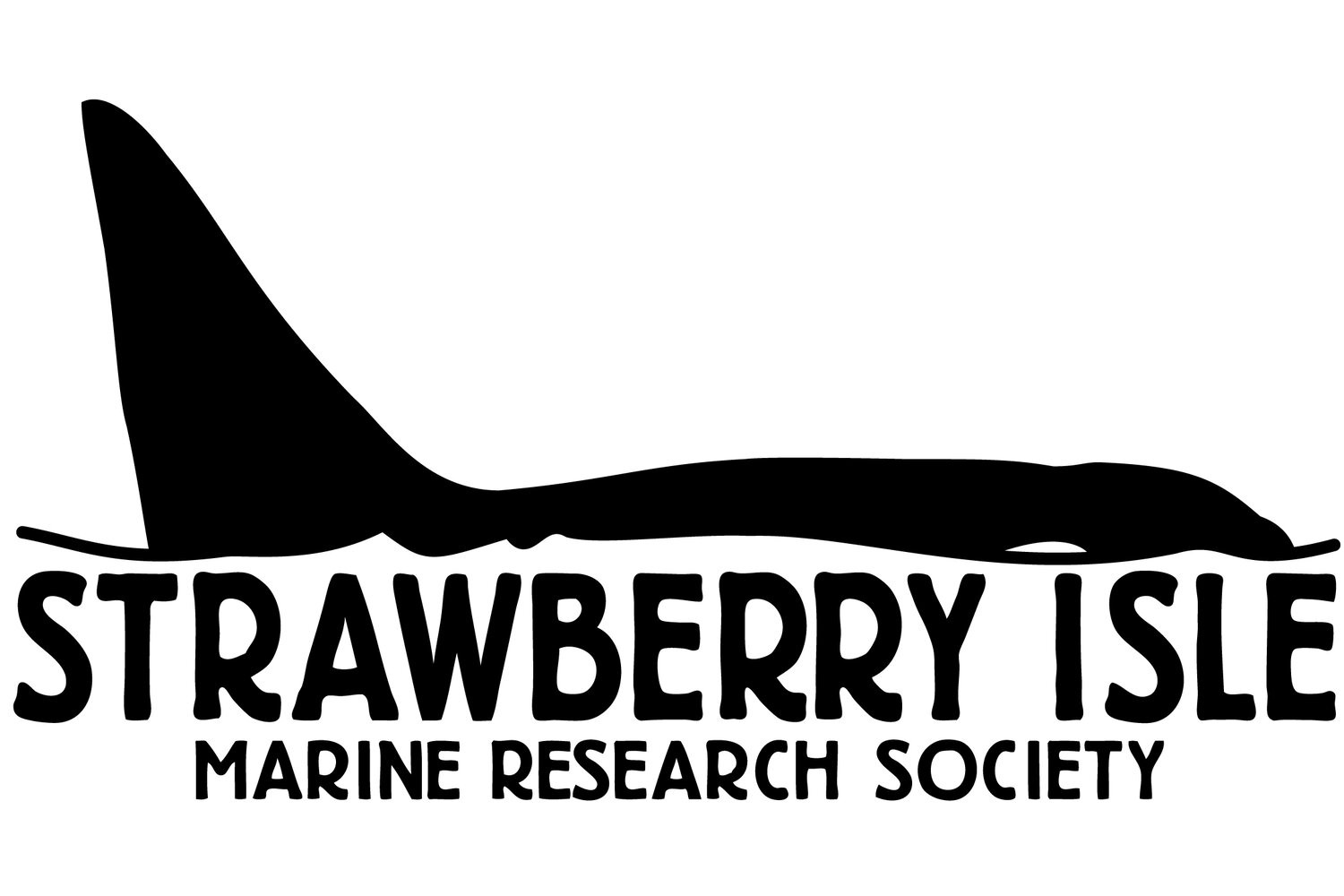The Disappearance of Sunflower Stars
/On December 11, 2020 the once common sunflower sea star (Pycnopodia helianthoides) was listed as a Critically Endangered species by the International Union for Conservation of Nature (IUCN). Ravaged by a mysterious disease, sunflower star populations have plummeted over 90% throughout their range from Mexico to Alaska and scientists estimate that as many as 5.75 billion animals have perished. The culprit? A marine epidemic called sea star wasting syndrome (SSWS).
SSWS is a general description for a set of symptoms found in sea stars for which the cause remains a mystery. Once an animal is infected, SSWS spreads rapidly. It causes lesions, limb autonomy, loss of turgor, and eventually death by rapid tissue disintegration. The progression of the disease from onset to the animal's death can occur in just a few hours. Cases of SSWS were first recorded in 2013/14 and, since then, it has become the largest wildlife die-off in recorded history. Many species of sea stars along the North American Pacific coast have experienced mass die-offs, but sunflower stars have been hit the hardest.
As a keystone species, the disappearance of sunflower stars has the potential to be devastating to the marine environment, particularly to kelp forests. Sunflower stars share a similar ecological role as sea otters in helping to maintain the integrity of kelp forest ecosystems. Sunflower stars are voracious predators. By preying on grazers, like purple urchins, they help to keep the population of kelp-eating organisms in check, allowing the forest to thrive. The sudden removal of sunflower stars from the food web, coupled with an onslaught of marine heatwaves in recent years leaves the fate of kelp forest habitats at risk.
The global population of sunflower stars continues to decline and they are now nearly absent in Mexico and in most of the USA. There have been no sightings of sunflower stars in Mexico since 2016, none in California since 2018 and very few since 2018 in Oregon and Washington. Sunflower stars are holding on for dear life in parts of British Columbia and Alaska, but only at a fraction of their former population numbers. However, scientists remain hopeful that we may see a recovery of sunflower and other sea stars effected by SSWS. Now, more than ever, effective monitoring programs and sighting reports are critical to understanding the affects of SSWS and tracking the abundance of sunflower stars.
Strawberry Isle Marine Research Society (SIMRS) is dedicated to the long-term monitoring of sea star populations in Clayoquot and Barkley Sound. Our partners through the Multi-Agency Rocky Intertidal Network (MARINe) played a significant role in listing this species as Critically Endangered through the IUCN. The data collected by SIMRS in Clayoquot and Barkley Sound contributes to a larger North-American wide database facilitated by MARINe. By working with organizations all across North America, MARINe and their partners have successfully raised the alarm for sunflower star populations. Recognition of the sunflower star through the IUCN is the first step in beginning a global action plan to protect them. Thanks to the many organizations such as ours contributing long-term data on SSWS, a unified action plan for the sunflower star's recovery can now de developed and implemented.
You can become a citizen scientist and help us to protect sunflower stars by joining our sunflower star monitoring program on iNaturalist. By reporting your sightings in the app, you can help us monitor for sunflower stars in Clayoquot and Barkley Sound. This will continue to help inform scientists and policy makers on the best way to go forward protecting these incredible invertebrates. To report your sightings on iNaturalist follow these four simple steps:
1. Take a photo and indicate size with another object, preferably a ruler.
2. Record sighting on iNaturalist by selecting Pycnopodia helianthoides
3. Add specific details like approximate size in cm, position in inter or sub-tidal zone, note the presence or absence of SSWS (like lesions), and indicate the category of damage (details can be found on the app).
4. Repeat for each individual sunflower star you see.
As a citizen scientist, you can have a big impact in helping to conserve and protect the marine environment, and endangered species like sunflower stars. By being an extra set of eyes and ears for researchers, you can help scientists monitor the marine environment more effectively and help to inform policy makers on protective measures. Together, we can help safeguard the future of the ocean on which we all rely.
~ Sydney Dixon
Find the Sunflower Star on the IUCN Redlist here.
To read more check out this article from The Nature Conservancy: Iconic Sea Star Listed Critically Endangered After Study Finds Marine Epidemic Event Nearly Wiped Out Global Population
Learn more about SSWS at seastarwasting.org
Photo by: Michelle Manson, @mansonfotos


